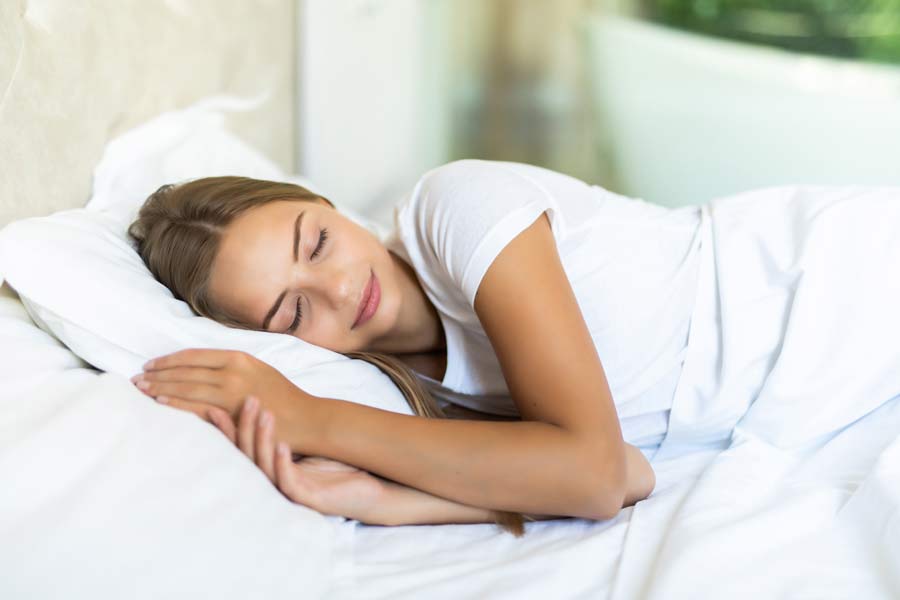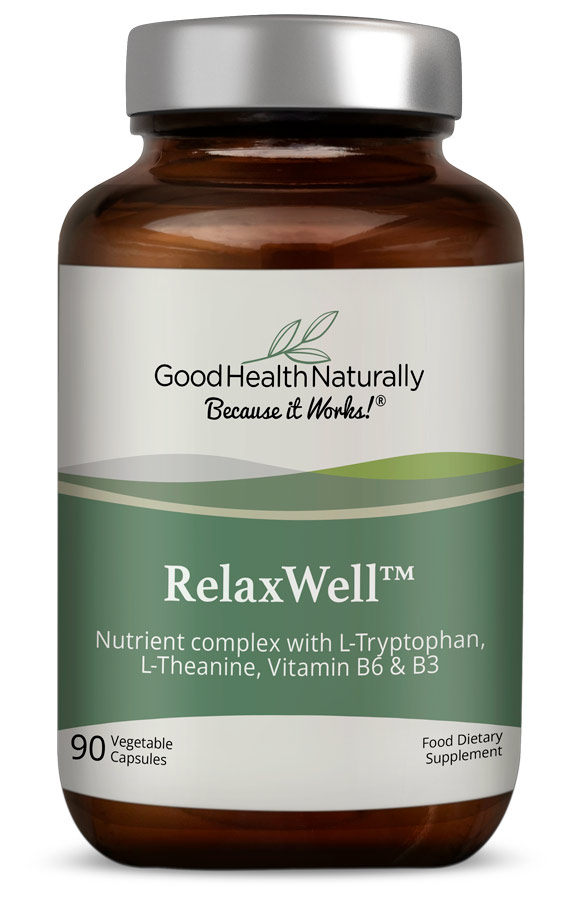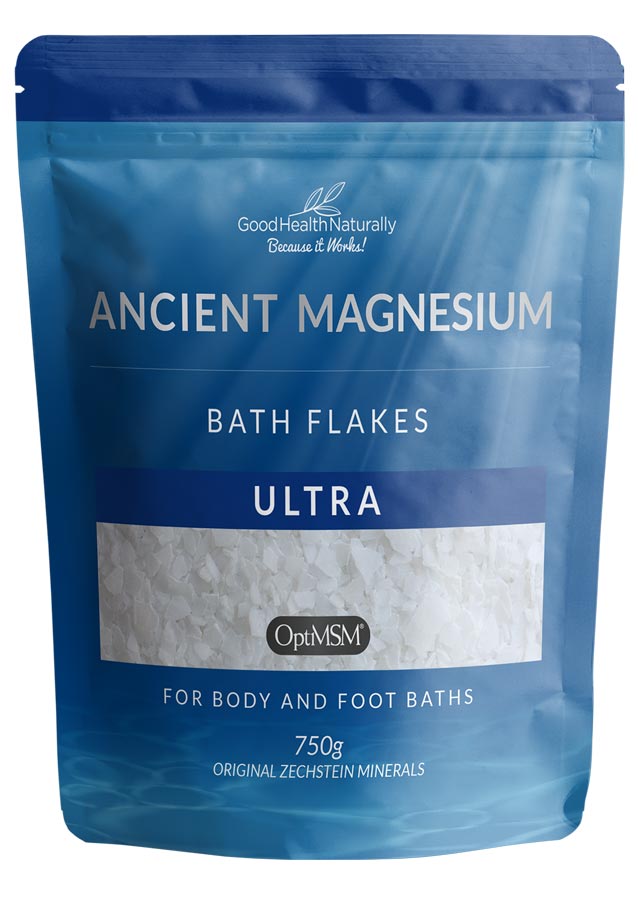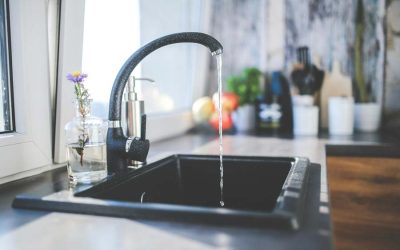World Sleep Day is March 15, 2024, and this has prompted us to examine the important topic of sleep more closely for this week’s newsletter. In addition to delving into the prevalence of the global issue of sleep disturbances, we’ll also explore an area that caught our attention: the differences between white and pink noise and how these can impact sleep quality.
World Sleep Day (WSD) is an annual celebration of sleep and a call to action on important sleep issues organised by the World Sleep Day Committee. Delegates and sleep health advocates worldwide will raise awareness of sleep health by taking action in their local communities, clinics, and countries.
This is driven by the issue of poor sleep, which has become pervasive in modern society, affecting a significant portion of the population worldwide. The number of sleep-related problems has been on the rise, and its consequences extend far beyond simply feeling tired or groggy the next day. The impact of poor sleep on health is substantial, influencing both physical and mental well-being.
Multiple factors contribute to the widespread occurrence of poor sleep:
Lifestyle Changes: Modern lifestyles often involve longer work hours, increased screen time, and irregular sleep schedules. These factors can disrupt the body’s natural circadian rhythm and contribute to sleep difficulties.
Technology Use: The widespread use of electronic devices has introduced new challenges to sleep hygiene. Exposure to screens emitting blue light before bedtime can interfere with the production of melatonin, the hormone that regulates sleep.
Stress and Anxiety: The fast-paced nature of contemporary life, coupled with economic and personal challenges, has led to a rise in stress and anxiety levels. These psychological factors are often linked to difficulties falling and staying asleep.
Environmental Factors: Noise pollution, irregular work shifts, and environmental disruptions can also contribute to poor sleep quality.
The consequences of poor sleep extend beyond feeling fatigued. Chronic sleep deprivation or poor sleep quality is associated with a range of health issues:
Impaired Cognitive Function: Sleep plays a crucial role in cognitive functions such as memory, learning, and problem-solving. Poor sleep can impair concentration, memory and reduce mental performance.
Mood Disorders: Sleep and mental health are closely linked. Chronic sleep problems can contribute to the development or exacerbation of mood disorders, including anxiety and depression.
Weakened Immune System: Adequate sleep is essential for a well-functioning immune system. Chronic sleep deprivation can compromise the body’s ability to fight off infections, making individuals more susceptible to illnesses.
Weight Gain and Metabolic Issues: Poor sleep is associated with disruptions in hunger-regulating hormones, leading to increased appetite and a higher likelihood of weight gain. It is also linked to metabolic issues such as insulin resistance and an increased risk of type 2 diabetes.
Cardiovascular Problems: Sleep deprivation has been linked to an increased risk of cardiovascular diseases, including hypertension, heart attack, and stroke.
Increased Inflammation: Lack of sleep can trigger inflammatory responses in the body, contributing to the development of chronic inflammatory conditions.
Impaired Physical Performance: Athletes and individuals engaging in physical activities may experience reduced endurance, slower reaction times, and increased risk of injuries when sleep is inadequate.
Reduced Quality of Life: Poor sleep can significantly impact an individual’s overall quality of life, affecting relationships, work performance, and overall well-being.
Given the pervasive nature of poor sleep and its far-reaching consequences, prioritising good sleep hygiene and seeking professional help when necessary are crucial steps for maintaining optimal health. Establishing a consistent sleep routine, creating a conducive sleep environment, and addressing underlying factors contributing to poor sleep can go a long way in promoting overall well-being.
White Noise vs. Pink Noise for a Restful Sleep
We found one area of sleep research that caught our attention this week and that is around sound and its impact on sleep quality. Recently, there has been a growing interest in the differences between white noise and pink noise, with pink noise emerging as a potential ally in promoting a better night’s sleep.
Understanding White Noise and Pink Noise:
Before looking into their potential effects on sleep, it’s essential to understand the basics of white and pink noise. White noise uses a mix of sound frequencies to create a static-like sound. It can be intense and high-pitched, like a fan or air conditioner, but it makes a steady, uniform sound.
On the other hand, pink noise is characterised by a consistent power per octave, resulting in a more balanced and natural sound to the human ear. Unlike white noise, pink noise has more energy in the lower frequencies, giving it a softer and more soothing quality.
The Promise of Pink Noise:
Recent studies have suggested that pink noise may hold a distinct advantage over white noise when promoting better sleep. One study published in the journal Frontiers in Human Neuroscience found that exposure to pink noise during sleep led to improvements in deep sleep and overall sleep quality. The researchers believe that the balanced distribution of energy in pink noise may have a more harmonious influence on brain activity during sleep, facilitating a more restorative sleep cycle.
Moreover, pink noise has been shown to have a positive impact on brain wave patterns. A study conducted by Northwestern University found that older adults who listened to pink noise exhibited more synchronised brain wave activity, specifically in the slow-wave and delta frequency ranges associated with deep sleep. This synchronisation is crucial for memory consolidation and overall cognitive function.
If you want to try this, you can access pink noise on many music streaming services.
In conclusion, while pink noise appears to offer promising benefits for sleep, it’s crucial to recognise that individual responses may vary. Experiment with different soundscapes, including pink noise, and combine these efforts with a holistic approach to sleep hygiene for the best results.
Please note: The product images represent the ongoing rebranding across Good Health Naturally range and may currently vary from actual stock.






